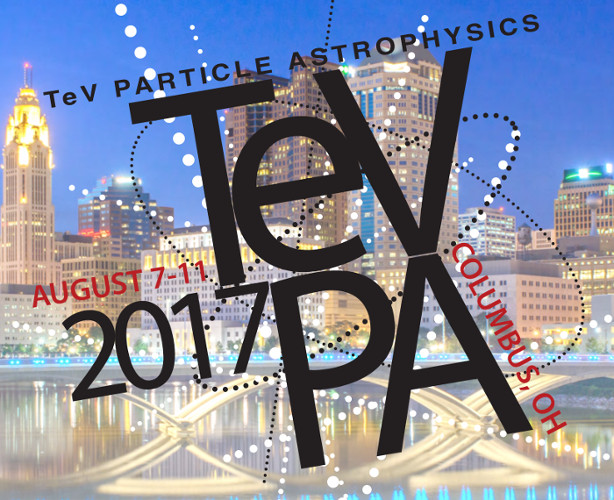Speaker
Description
The GAPS Experiment is the first experiment optimized specifically for low-energy antideuteron and antiproton cosmic-ray signatures. Low-energy antideuterons have been recognized as an extraordinarily low-background signature of new physics, and low-energy antiprotons are probes of both light dark matter and cosmic-ray propagation models. Together, these signatures offer a potential breakthrough in unexplored dark matter parameter space, providing complementary coverage with direct detection, collider, and other indirect searches. The GAPS program is designed to utilize long-duration balloon flights from Antarctica, and is currently scheduled by NASA for its first Antarctic flight in late 2020. The experiment uses a novel detection technique, based on exotic atom capture and decay, to be sensitive to antinuclei in an unprecedented low energy range (<0.25 GeV/n). The heart of GAPS will be 10 planes of lithium-drifted Si (Si(Li)) detectors, surrounded on all sides by a plastic scintillator time-of-flight. In this contribution, I will present the design, status, and discovery potential of the GAPS scientific program.

